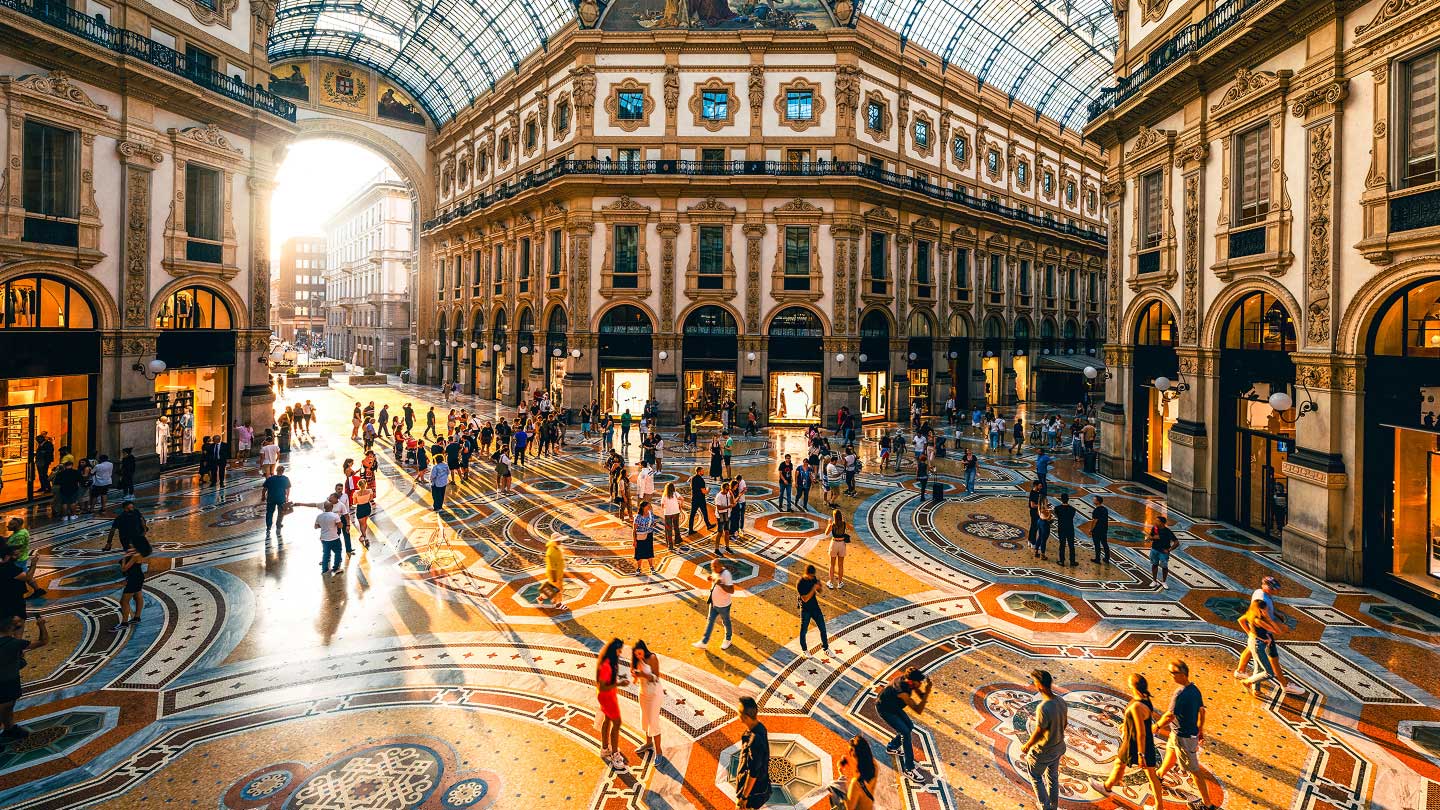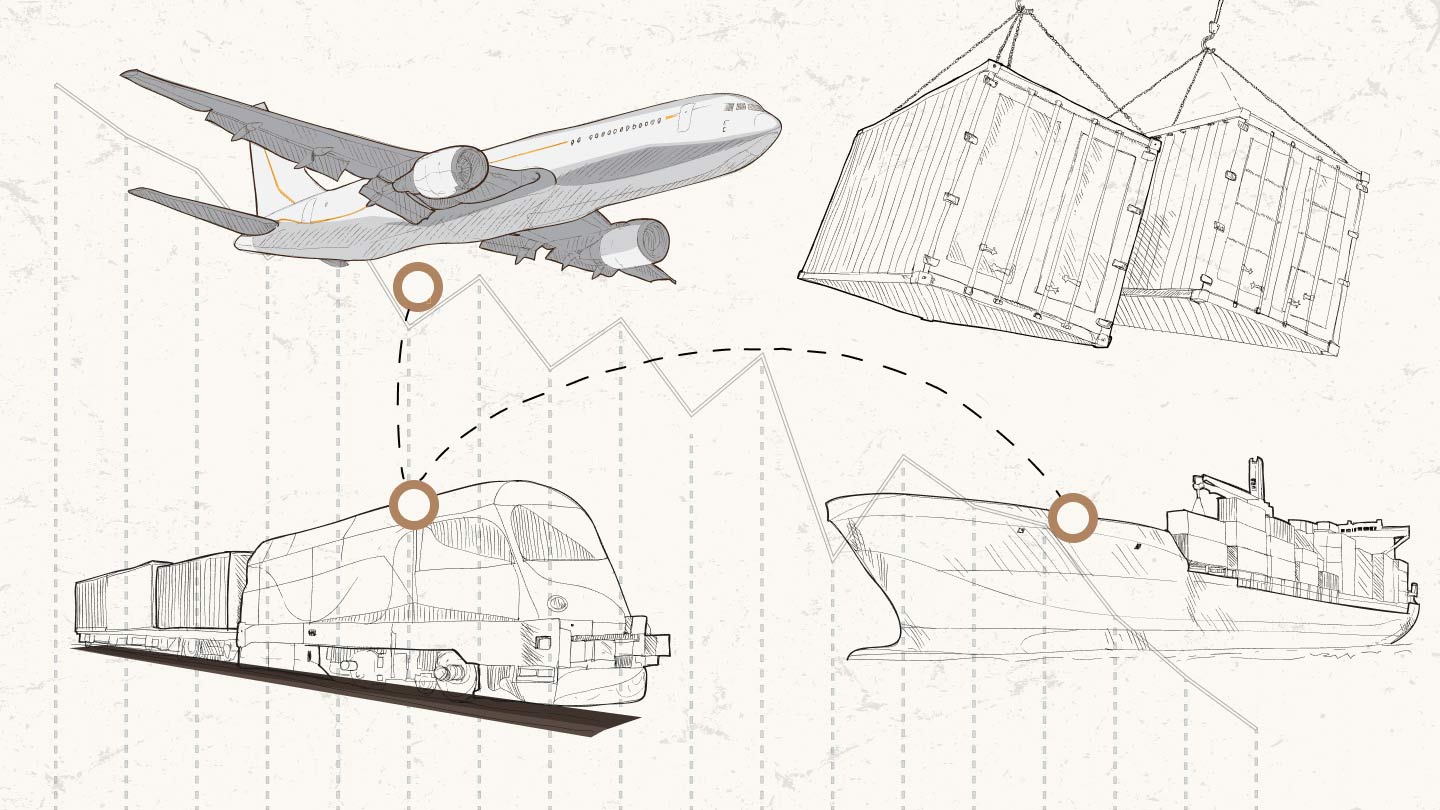
Key takeaways
- Consumer demand in the U.S. has largely held up, though spending on retail categories has decelerated in recent weeks.
- Tourist spending has decreased in Europe, where the weaker U.S. dollar has made it less appealing as a shopping destination for American tourists.
- In China, consumer tastes have evolved, and luxury sales are expected to be broadly flat in 2026.
- Overall, while there are some positive signs for the luxury market, challenges remain for both brands and investors navigating the current slowdown, including tougher comps in the fourth quarter.
The luxury market has been experiencing a slowdown as it grapples with persistent macroeconomic headwinds, including inflationary concerns. In recent months, consumers have cut back on discretionary spending, with some opting for second-hand wares. In a September 2025 survey conducted by J.P. Morgan Global Research, 60% of consumers across the U.S. and Europe said they use resale platforms to purchase second-hand luxury goods.
However, green shoots have emerged of late, due to new creative leadership at fashion houses and positive third-quarter earnings from companies including LVMH. “The better reporting from LVMH speaks to a favorable consumer backdrop, with improvements across nationalities, categories and price points. The read-across should be positive for the whole luxury group, with a likely even more favorable read for brands that had gone into the quarter with already very strong momentum,” said Chiara Battistini, head of European Luxury and Sporting Goods at J.P. Morgan.
In light of these changing dynamics, what’s next for the luxury market across global regions?
The US continues to be a bright spot
On the whole, consumer demand in the U.S. has held up despite prevailing economic uncertainty — and the trend looks set to continue. “We expect North America to once again be the bright spot of this reporting season, with consistent evidence throughout the summer of healthy spending among Americans across income groups, supported by strong equity markets and wealth creation,” Battistini said.
In recent weeks, however, consumer spending has decelerated. Chase credit card data shows that spending on “other retail” — which includes bags, apparel, footwear and related categories — grew at around +7% over the summer, before slowing to +4% in the first three weeks of September.1 “This is possibly due to consumers buying ahead of price increases,” Battistini noted.
Indeed, the full impact of tariffs — and the related inflationary impulses — remains to be seen. “While so far there has been limited price elasticity in the U.S., we caution that things could look quite different should consumers start to experience broad-based inflation,” Battistini added.
US consumer spending slowed in September
Source: J.P. Morgan, select Chase credit and debit card transaction data. See here for disclaimers and methodology.
Weaker tourist spending in Europe
Traditionally an epicenter for luxury shopping, Europe is popular among wealthy American and Chinese consumers seeking to splurge on designer goods. However, tourist spending has decreased in recent months, in part due to FX fluctuations. LVMH noted that “[third-quarter] revenue from tourist spending declined, affected by currency fluctuations, which weighed more on the quarter than earlier in the year.”
With brands such as Dior and Prada recently hiking prices in the U.S. — by 3% and 5% respectively — continental Europe still remains the most attractive place to shop for soft luxury. “However, the weakening U.S. dollar has made it less appealing for Americans than before, with the price differential now standing at 20% versus 26% in summer 2024,” Battistini said.
“China might have entered a new norm and brands will need to adjust to a consumer that has now evolved.”
Chiara Battistini
Head of European Luxury and Sporting Goods, J.P. Morgan
Changing consumer tastes in Asia
In China, fieldwork conducted by J.P. Morgan Global Research shows that high-net-worth individuals (HNWIs) are becoming more sophisticated, opting for understated style over ostentatious logos — marking a shift toward quiet luxury. At the more aspirational level, consumers are prioritizing experiences and smaller-ticket items that carry social and emotional value, such as Labubu dolls and Jellycat plushies.
“These trends might be largely cyclical and related to the macro backdrop — notably, high unemployment rates among younger consumers. However, we are mindful that the longer these shifts persist, the more some of them could become structural,” Battistini said. “China might have entered a new norm and brands will need to adjust to a consumer that has now evolved.”
Looking ahead to 2026, the outlook for China’s luxury market remains subdued. “Given the ongoing trends volatility and no material acceleration in the underlying demand for luxury at the moment, retailers and experts expect luxury sales to be broadly flattish next year,” Battistini added.
The picture is slightly more optimistic in Japan, where sales at luxury department stores appear to be stabilizing. On average, the department store operators tracked by J.P. Morgan Global Research recorded +4.2% growth in September, broadly in line with the +4.4% seen in August. Similarly, duty-free sales showed some improvement in the last two weeks of September, helped by easier comps. “Industry players have called out the outperformance of some lower-ticket categories such as cosmetics, but products for investment purposes are also doing well, like art and, to some extent, watches,” Battistini shared.
What’s the overall outlook for the luxury market?
While there are positive signs for the luxury market, challenges remain for both brands and investors navigating the current slowdown, including tougher comps in the fourth quarter.
“Overall, the tone of the conversations we have had over the last couple of weeks with investors in Asia and in Europe is generally more constructive, trying to gauge whether now is a good time to revisit the sector. However, investors are also wondering whether the sector has now run too far in the absence of a material uptick in underlying trends,” Battistini said. “As such, comments on exit rates and current trading should be closely scrutinized to gauge whether an actual improvement of trends could be sustained beyond the comps.”
Related insights
-

Global Research
What back-to-school shopping trends reveal about consumer spending
September 18, 2025
Discover what consumers are focusing on this back-to-school shopping season and how retail sales are faring.
-

Global Research
US tariffs: What’s the impact on global trade and the economy?
December 05, 2025
J.P. Morgan Global Research brings you the latest updates and analysis of President Trump’s tariff proposals and their economic impact.
-

Global Research
Global Research
Leveraging cutting-edge technology and innovative tools to bring clients industry-leading analysis and investment advice.